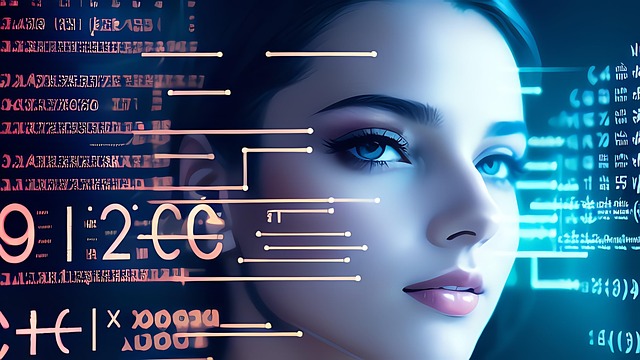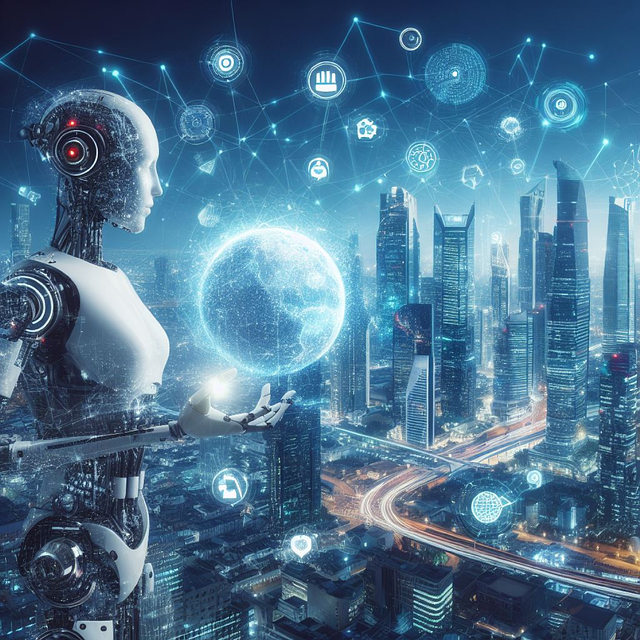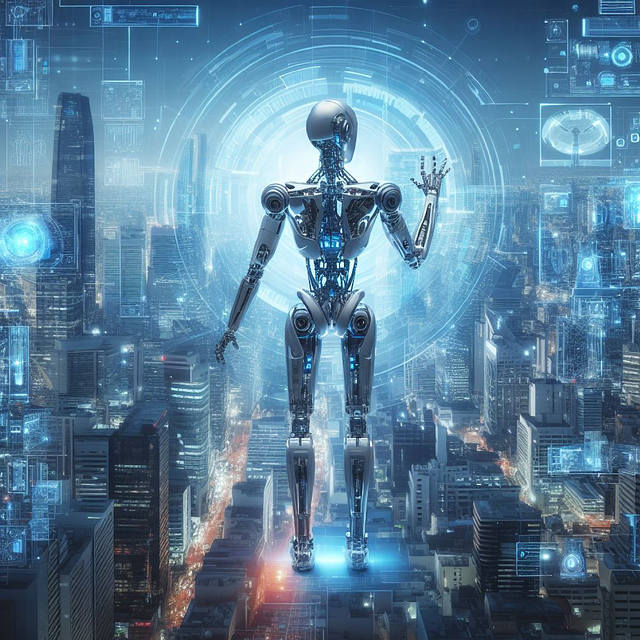AI chatbots have evolved from simple, rule-based systems to advanced, contextually aware assistants. Historically limited to basic tasks and straightforward rules, modern AI chatbots leverage NLP and machine learning to understand user intent, generate human-like text, and adapt to diverse scenarios. This transformation has led to their widespread adoption across industries like healthcare, education, and retail, where they provide personalized assistance, enhance customer service, and perform complex tasks with high accuracy. Future developments in NLP and machine learning promise even more sophisticated AI chatbots capable of handling intricate queries and improving user experiences in various sectors.
The evolution of AI chatbots has witnessed a remarkable transformation from simple, linear bots to complex, sophisticated systems. This journey delves into understanding the fundamental differences between linear bots—with their defined, rule-based interactions—and advanced AI models that harness natural language processing (NLP) for nuanced communication.
This article explores key differences, highlights the benefits of advanced AI chatbots across sectors, and provides insights into the future prospects of this dynamic field, shaping the way we interact with technology. Discover how AI chatbots are revolutionizing industries and enhancing user experiences.
- The Evolution of AI Chatbots: From Simple to Sophisticated
- Understanding Linear Bots: Their Capabilities and Limitations
- Complex AI Systems: Unlocking Advanced Natural Language Processing
- Key Differences: Comparing Linear Bots and Advanced AI
- Benefits of Advanced AI Chatbots in Various Sectors
- Future Prospects: Where is the Field of AI Chatbots Headed?
The Evolution of AI Chatbots: From Simple to Sophisticated

The evolution of AI chatbots has been a remarkable journey, marking a significant shift from simple, linear bots to sophisticated, complex systems. In their earliest forms, AI chatbots followed pre-programmed rules and patterns, capable only of handling basic user queries with limited context understanding. These early chatbots were often confined to specific tasks, such as customer service or information retrieval, where predefined responses sufficed.
However, rapid advancements in natural language processing (NLP) and machine learning have propelled AI chatbot capabilities to new heights. Modern chatbots are now adept at engaging in dynamic conversations, comprehending user intent, and providing contextually relevant responses. They can learn from interactions, adapt to individual users, and even evolve over time, thanks to ongoing training and feedback mechanisms. This evolution has made AI chatbots versatile, capable of handling complex tasks across various industries, from healthcare and education to entertainment and beyond.
Understanding Linear Bots: Their Capabilities and Limitations

Linear bots, often referred to as rule-based or conversational AI chatbots, represent an early stage in artificial intelligence (AI) development. These bots operate within a pre-defined framework, following a set of programmed rules and scripts to engage with users. Their capabilities are limited to specific tasks, such as answering frequently asked questions (FAQs), providing basic customer support, or performing simple transactions. Linear bots excel at delivering consistent information and handling straightforward queries, making them invaluable for initial AI implementation in various sectors, including retail, banking, and customer service.
However, these bots have significant limitations. They struggle with contextual understanding and cannot adapt to unforeseen questions or scenarios. Their responses are often literal and may not cater to nuanced user needs. As such, while linear bots can provide a basic level of AI-driven interaction, they fall short when it comes to complex problem-solving or natural language understanding, requiring more advanced AI chatbot systems for sophisticated applications.
Complex AI Systems: Unlocking Advanced Natural Language Processing

Complex AI systems, including advanced chatbots, are revolutionizing natural language processing (NLP). These sophisticated models go beyond simple rule-based bots by understanding and generating human-like text through deep learning techniques. By analyzing vast amounts of data, they learn to interpret context, nuances, and emotions in language, enabling more natural and meaningful interactions with users.
AI chatbots powered by these complex systems can handle a wide range of tasks, from answering customer inquiries to creating content and even offering therapeutic support. Their ability to process and generate human-quality text opens up new possibilities for applications in education, healthcare, customer service, and beyond. This evolution in AI technology promises to transform the way we interact with machines, making them more accessible, intuitive, and beneficial to our daily lives.
Key Differences: Comparing Linear Bots and Advanced AI

Linear bots, often the first step in automation, are designed for straightforward tasks, typically following a set sequence of commands. They excel at repetitive actions and rule-based interactions, mimicking simple human dialogue. However, their limitations are evident when confronted with complex, contextual scenarios. These bots struggle to adapt to new information or deviate from their programming, making them less effective in dynamic environments.
Advanced AI systems, on the other hand, leverage machine learning and natural language processing to understand and generate human-like responses. They can learn from vast amounts of data, interpret context, and make decisions based on insights derived from that data. An ai chatbot equipped with these capabilities can handle intricate queries, engage in meaningful conversations, and provide personalized assistance, transforming from a mere tool into an intelligent companion.
Benefits of Advanced AI Chatbots in Various Sectors

Advanced AI chatbots are transforming various sectors, offering numerous benefits that traditional linear bots cannot match. These sophisticated systems can handle complex tasks, from customer service and sales to data analysis and healthcare support. They leverage natural language processing (NLP) and machine learning algorithms to understand and respond to user queries with human-like accuracy, significantly enhancing user experiences.
In the retail sector, for instance, AI chatbots personalize shopping experiences by offering product recommendations based on past purchases and preferences. In healthcare, they can assist patients in scheduling appointments, providing preliminary medical advice, and even acting as virtual therapists. Moreover, these chatbots excel in customer service roles, available 24/7 to answer queries, resolve issues, and improve overall customer satisfaction.
Future Prospects: Where is the Field of AI Chatbots Headed?

The future of AI chatbots is promising, with continuous advancements in natural language processing (NLP) and machine learning algorithms driving innovation. As technology evolves, we can expect to see more sophisticated AI chatbots capable of understanding complex queries and generating human-like responses. Integration of these chatbots into various sectors will become more seamless, enhancing customer service, automation, and data analysis.
With the ongoing research into contextual awareness, sentiment analysis, and adaptive learning, future AI chatbots are poised to offer personalized interactions, making them invaluable in fields like healthcare, education, and entertainment. The ability to learn from user interactions will foster continuous improvement, ensuring these chatbots remain at the forefront of technology as they navigate uncharted territories and cater to diverse user needs.
